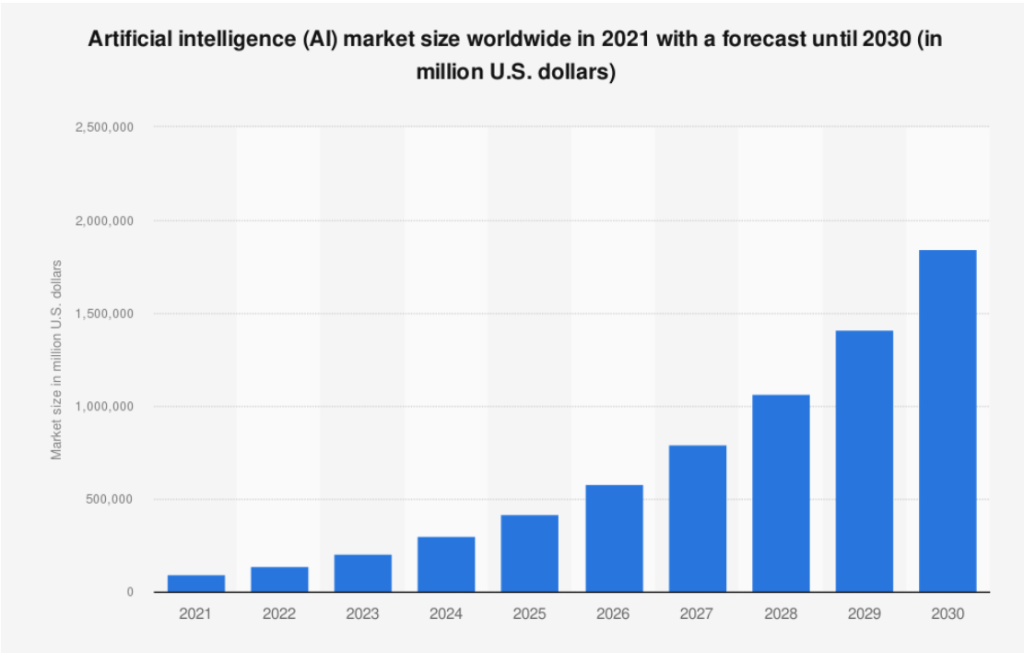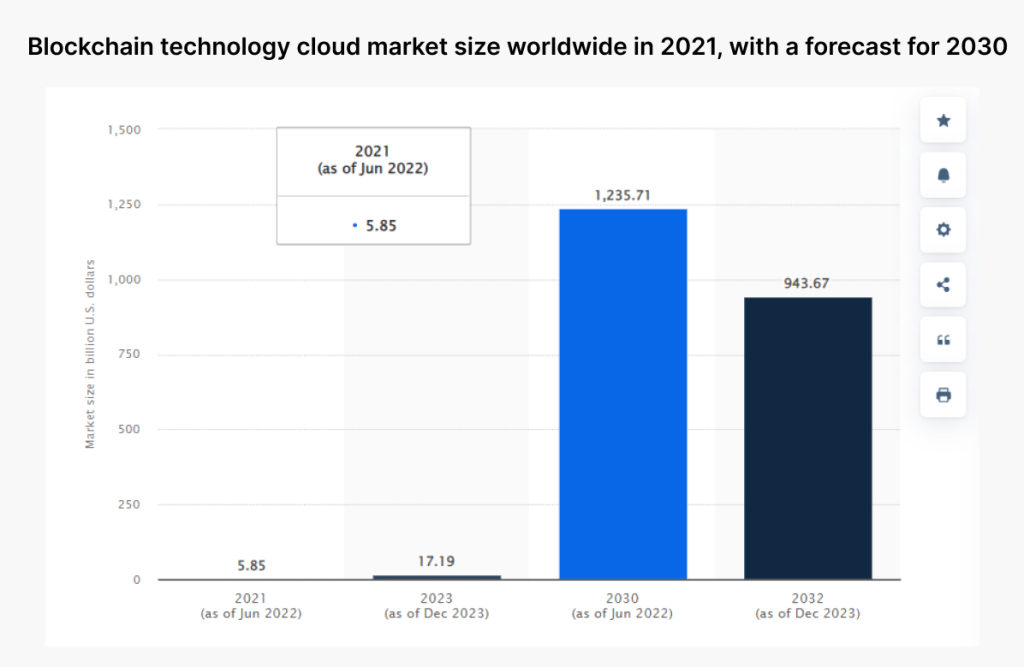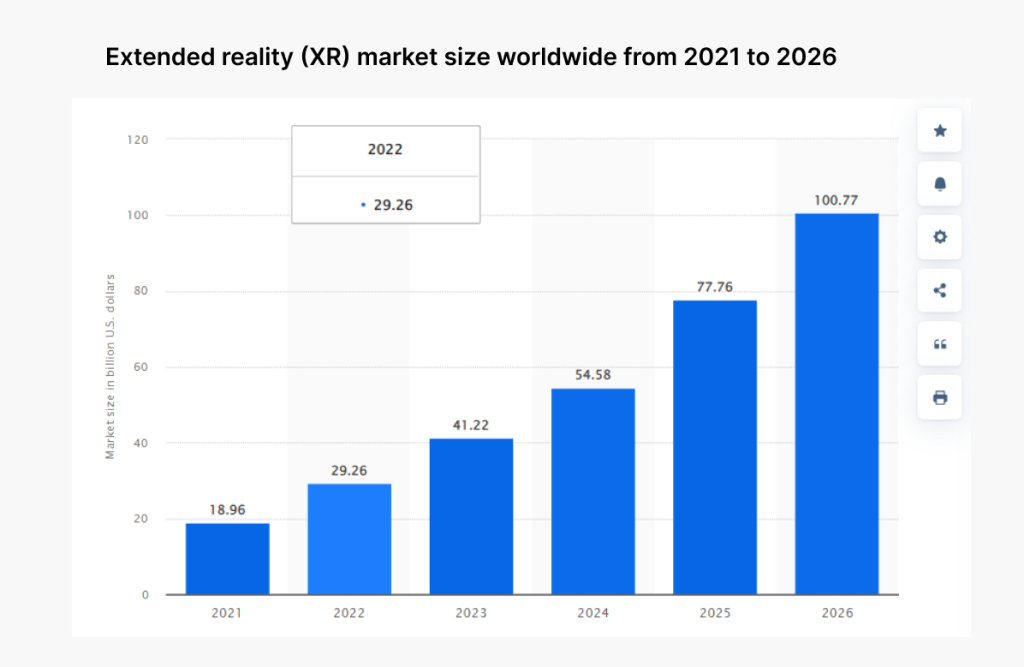Top 7 Software Development Trends to Watch in 2025
Before diving into the key trends in app development, we would like to showcase our macOS products which are designed to improve your business and daily tasks. These tools offer excellent file management and their transfer, seamless media handling, integration with cloud infrastructures, and more. We always maintain top-notch quality standards and are constantly looking to innovate our software.
The field of application and software development is transforming annually driven by specific key trends. As new applications crop up in the market, companies are forced to constantly learn and adapt to surpass the competition.

These shifts are changing how developers build and deploy applications, resulting in both new opportunities and challenges.
This current year is already in full swing with new solutions that are enhancing functionality and security while optimizing user experience. Let’s explore some of the most significant trends in app development in 2024.
App Development Trends for 2025
AI Integration
Artificial intelligence (AI) is gradually revolutionizing every field and the software development industry is no exception. According to Next Move Strategy Consulting, the AI market size will expand to $1.84 trillion by 2030 with a compound annual growth rate (CAGR) of 32.9%.

Software engineers are quickly following suit by using AI to speed up their workflow, reduce human errors by addressing potential bugs before they arise, and processing vast amounts of data quickly. There is also a growing focus on ethical AI that respects privacy and makes transparent decisions that are beneficial for humanity.
2024 is unquestionably a year where AI is more closely integrated into processing, coding, and visualization technologies in program development than ever before.
Low-Code/No-Code Development
Another trend to watch out for is Low-Code/No-Code (LCNC) programming. This allows programmers to use pre-made blocks or templates to create websites and apps with minimal to no knowledge and experience of coding.
Gartner predicted in 2023 that over half of all medium and large enterprises would likely transition to low-code application platforms, and this trend is continuing into 2024.
In the modern fast-paced world, it’s an excellent opportunity for companies to respond rapidly to changing customer demand. It also removes the need to hire any costly specialized developers as users can design, assemble, and customize the software without any extensive knowledge of coding.
Blockchain Technology
Blockchain technology is an advanced database system that allows for transparency and data integrity while sharing information within a network, and the benefits of this technology are not limited to cryptocurrency.
It can offer a higher level of security and privacy for both software users and developers with its stringent identity authentication protocols. It can also be used to streamline transactions and payments without any intermediaries in the mix, lowering the chances of fraud. This has made it an enticing course of investment for companies who are trying to build greater trust in their applications.
Statista predicts that the blockchain market will reach $39.7 billion by 2025, indicating a growing demand for the technology.

Focus on Cybersecurity
The need for developers to guard sensitive data and foster trust with their users is more prevalent now than ever. Cyberattacks, such as ransomware, online scams, and phishing, are incredibly common and the common man can easily get swept up without strict security measures in place.
DevSecOps is a simple approach that has been designed to combat these issues. Rather than looking at it as a separate component of the development lifecycle, this process incorporates safety and security practices in every stage, from coding to deployment.
The goal in 2024 for tech companies is to identify and address security concerns early on throughout the process before any threat or breach happens.
Virtual Reality
Virtual Reality (VR) is all the rage in 2024 in both the consumer and business sectors with the global market predicted by Statista to rise to $72.8 billion this year.

VR tools can help create immersive surroundings that developers can use to visualize how their software can interact in three-dimensional environments.
Whether it’s prototyping a new application or collaborating virtually without physical constraints, VR can help developers explore creative solutions.
As VR technology becomes more accessible to the masses, it can only be expected to drive further innovation in the field by creating novel and user-centric software solutions.
Microservice Architecture
A relatively newer approach to software development is microservice architecture, where applications are divided into smaller, independent services that are responsible for their specific respective functions. Traditional architecture treats the entire software as a single unit but the microservices process breaks it down for ease of management and control.
Since each microservice is independent, developers can easily scale individual services based on user demand without having to change the entire application. Companies are racing in 2024 to quickly respond to market needs, so microservice architecture is essential for those who want to build more agile and resilient systems.
Cross-platform Development
Cross-platform development means that programmers write one code that runs software applications on multiple operating systems or devices, like Android or iOS. This approach is becoming increasingly popular in 2024 since it doesn’t require the need to write separate code for each platform.
Along with reducing development time and costs, this approach also offers users a consistent experience across all platforms. Developers who’re looking to simplify the maintenance of their applications can definitely benefit from the use of a single codebase. Cross-platform development is only expected to rise in popularity and offer greater competitive advantages for businesses.
To Sum Up
As the need for differentiating from the competition increases for developers, following key software industry trends can help them stay ahead of the curve. The top 7 trends that have been observed in 2024 are AI integration, LCNC, blockchain technology, focus on cybersecurity, virtual reality, microservices architecture, and cross-platform development.
If developers integrate these trends into their practice, they are bound to establish their unique selling point and offer more innovative and creative solutions to their users.
